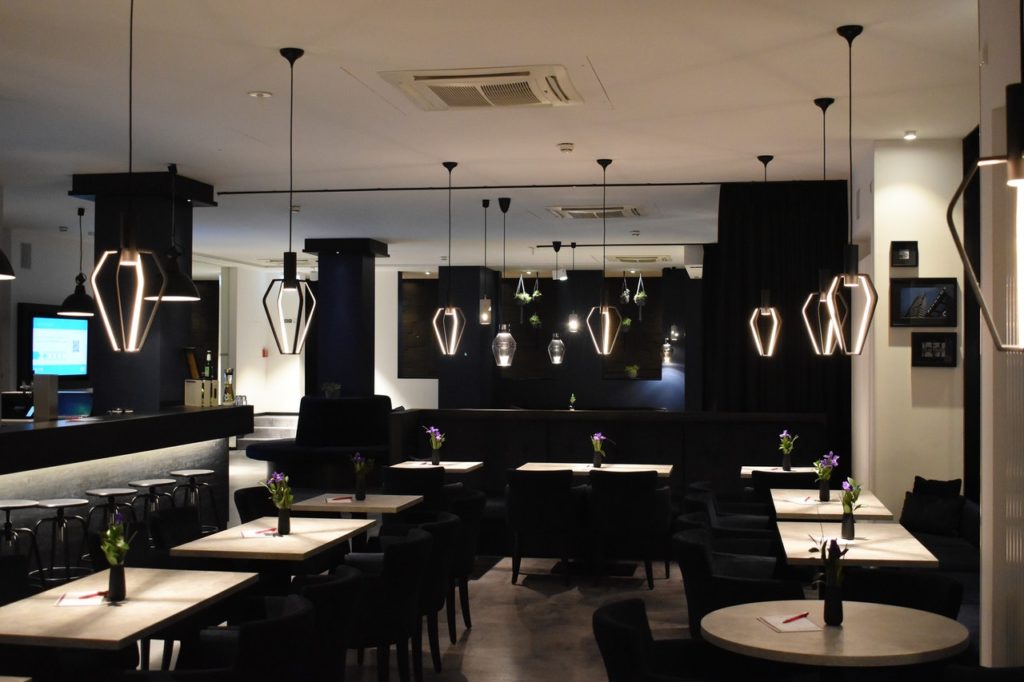Businesses these days are becoming increasingly eco-friendly and more conscious about their impact on the environment. It has become a part of their social responsibility practices and to cater to the ever-growing eco-conscious consumers. Whether big or small, people demand that industries express their commitment to the planet. In turn, entrepreneurs look for compelling ways to tailor their business to the emerging global need and do the right steps as possible.
The eco-friendly trend has also invaded the restaurant industry. This paved the way for eco-friendly restaurants that are not only interested in making money but also take responsibility for their environmental impact. At the same time, they adopt eco-friendly measures to minimize carbon footprints and promote sustainable consumption.
Some food franchise companies offer fast-casual restaurant franchise options that promote a healthier culinary culture and sustainably sourced food options. In an industry dominated by big brands, these food franchise companies offer a booming opportunity for those who want to offer natural health food to eco-conscious foodies.
There are plenty of ways to transform your traditional restaurant into a sustainable and eco-friendly one. This is a great business opportunity that will not only bring more customers to your door but also better returns. That being said, here are ways to make your restaurant or food business more eco-friendly.
Reduce food waste
If you’re serving large portions of food, they only end up in the wastebasket if the customers cannot consume them all. Another cause of food waste is a poorly-managed inventory with improper monitoring of food expiration. These instances are a huge issue for restaurants that produce huge amounts of food wastes every year. In a study by the Food Waste Reduction Alliance, 84.35% of unused food comes from American restaurants while only 14.3% gets recycled.
A great way to reduce food waste is to use the latest inventory tools. An inventory management software sends notifications if a particular item is close to expiration. It also provides a real-time view of the inventory while you’re away to double-check the supply status.
Another technique is to enforce the FIFO method, meaning first in, first out. Do this by encouraging the kitchen staff to prioritize ingredients nearing expiration to prevent food waste. You can be creative by using overripe foods and food scraps to create a new meal. One example is vegetable broth made of vegetable scraps or make smoothies or salad dressing out of overripe foods.
Donating surplus food in food pantries will also control the amount of food waste. Giving usable food will not only reduce waste, but you’re also helping hungry families while gaining a positive image for your business.

Invest in energy-saving appliances
Here’s a fact: restaurants are the biggest consumers of electricity in the commercial industry. A single restaurant establishment consumes high volumes of electricity to run all kitchen appliances at the same time. While it’s easy for restaurants to rack up electricity costs, there ways to reduce energy consumption.
The best way is to invest in energy-saving appliances or Energy-Star-certified appliances such as dishwashers, ovens, exhaust fans, microwaves, refrigerators, and cooling and heating equipment. You must also ensure proper maintenance of the air conditioning system and insulation to prevent heated air from coming in during the summer or the cold air during winter.
Get your employees and customers on board
Your eco-friendly strategies are useless if your staff is not complying. Take the time to educate and train employees about the importance of sustainability, recycling, and eco-friendly techniques and products. From the waiter, chef, admin team, and the waitstaff, make sure each employee is a part of your initiative to encourage eco-friendly practices and reduce carbon footprint.
If you don’t have a team lead for your restaurant, assign someone to be the overall in-charge of observing sustainable practices by policing and providing new suggestions. This way, you’ll find it easier to put your eco-friendly initiatives into action if the entire staff shares the same goal.
For the customers, speak about your restaurant’s initiatives on sustainable practices and the ways to get them involved. Some examples are organizing events such as beach clean-up and donating a small percentage of their purchases for an eco-friendly cause. Find activities that will not force customers into a commitment or spend a lot of money.
The present and future of the restaurant industry are all about going green. Becoming an eco-friendly restaurant is a sustainable and smart move that will boost your chances of satisfying current customers, attracting new guests, and improving your social impact. In turn, these eco-friendly practices will not only reduce your environmental impact but also reduce utility bills and food costs.

